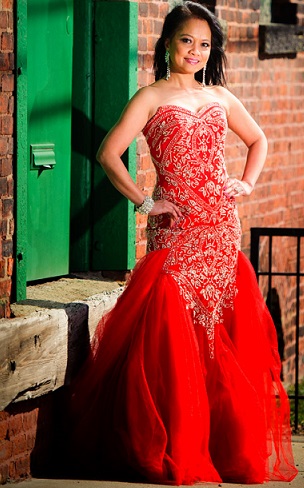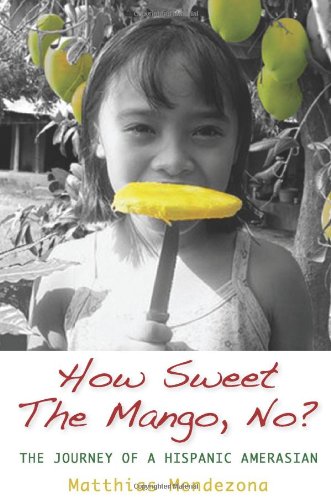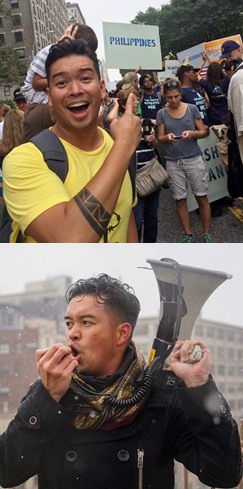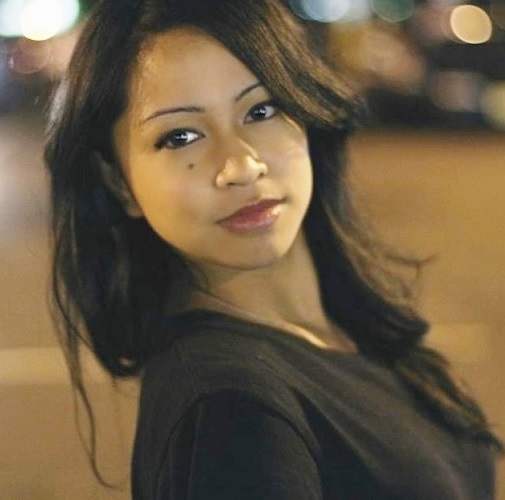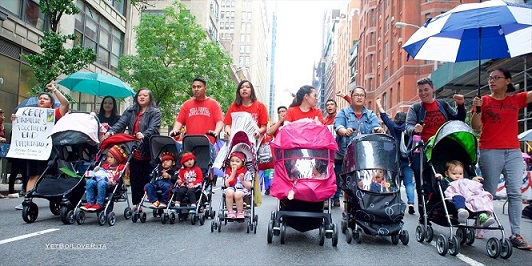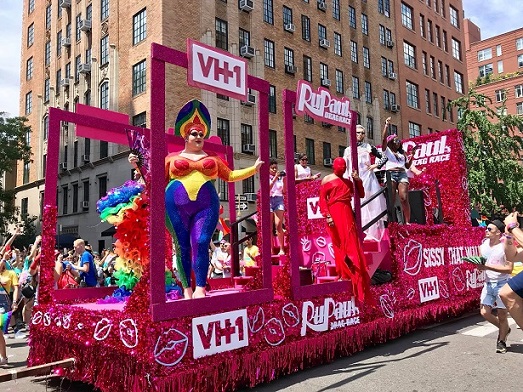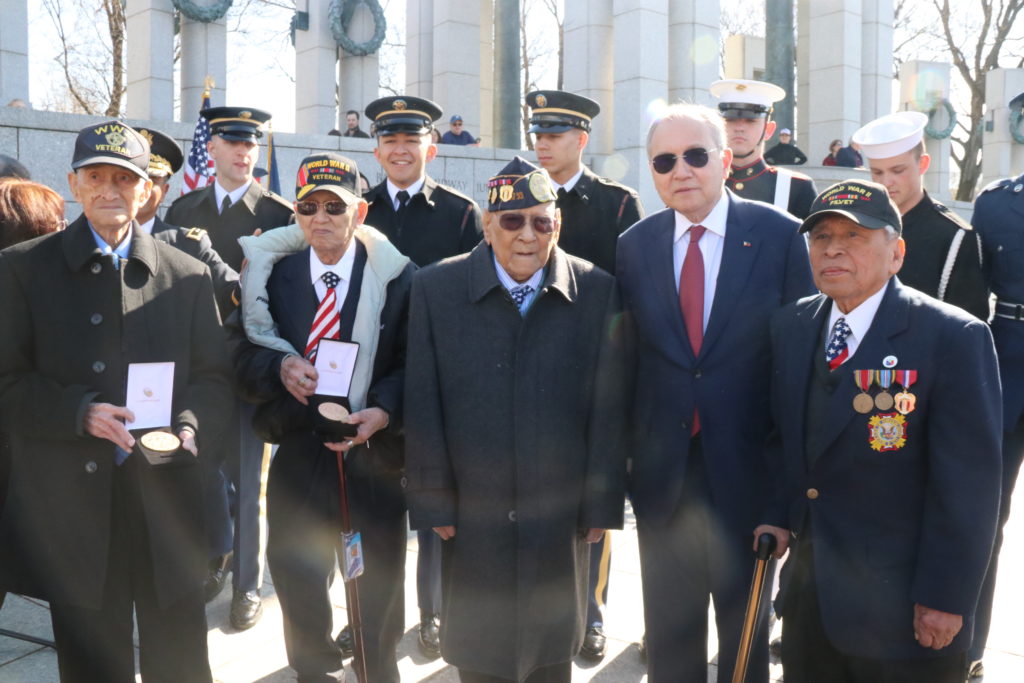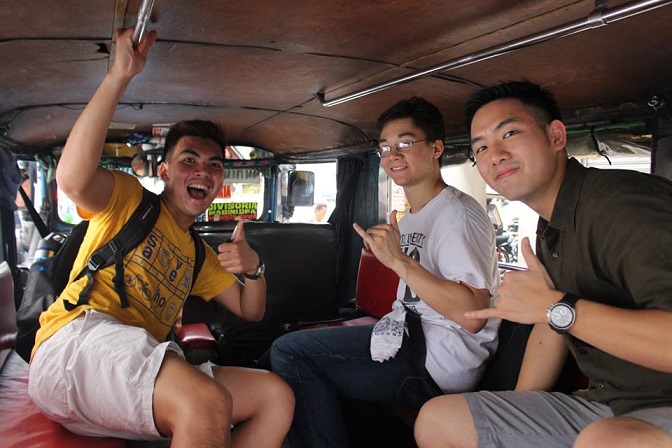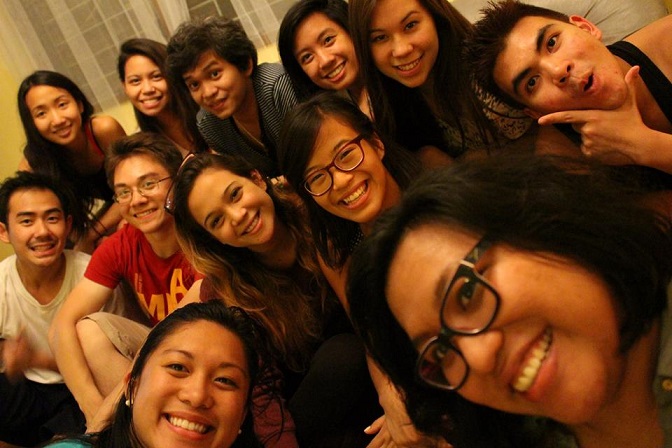For all that they share, the Filipino-American and the Filipino are ‘worlds apart’
By Daniel GriffithLooking outside the plexiglass window was, almost, a mistake. Our visibility was limited by the dense, charcoal-colored clouds that obscured life down below. As we circled the city, lightning struck at three-second intervals, accompanied by booming reports echoing into the dusk. My heart beat with a mixture of emotions: one part anxiety, one part adventure, one part elation.
Descending into the Manila airport, stifling laughter with a crazy grin so as not to appear too insane to surrounding passengers, I had to ask myself: “Daniel, what the hell did you just get yourself into?!”
That question ended up adequately summarizing my four months living in the Philippines. After two years of being immersed in Seattle’s Filipino American community, I judged myself ready for a first-time experience. As it turned out, there’s a lot more to the country than meets the eye.
There is no substitute for the Philippines
Filipinos Americans often try to draw parallels between the Philippines and the life they know: they talk about the country’s “American-introduced business mindset,” Tagalog’s “similarity to the Spanish language,” or how “you’ll be fine, as long as you don’t visit the South.”
These are the details you don’t quite know until you’re there, living it: that a uniquely Filipino mindset prevails; that you may be understood but likely ostracized if you show an accent; and though Mindanao has been mired by politics and stigma, the island, especially one of its largest cities, Davao, remains a hub for commerce and tourism.
These are abbreviated truths, whose elongated forms reveal themselves in a country where familiarity is only one step removed — just far enough that you can’t quite put a finger on it.
Pretending will not get us anywhere
Playing around with ‘close enough’ and ‘konti lang’ only accentuates the fact that the Filipino American and the Filipino — for all that we share — are also worlds apart.
Dorothy and Fred Cordova, two among the most respected rights advocates in the United States, are no strangers to this polarization. The Cordovas’ first and only time to the Philippines was on invitation by the Philippine President, to be honored with the Pamana ng Pilipino award.
Of the late Dr. Fred Cordova’s favorite sayings, one I remember hearing most often was: “Those damn Filipinos…” referring to a tendency in the community to emphasize the centrality of the Philippine people and nation, leaving issues of Filipino American representation and education on the sidelines. Dorothy and Fred’s advocacy placed them on the front lines of U.S. civil rights during a time when the idea of equality was still a dream.
The phenomenon is mutual. Filipino American communities in the States have, over time, drifted away from issues in the Philippines and towards issues that face Filipino America specifically.
What does this mean for the scores of 1st-, 2nd-, 3rd-generation ‘Filipino-X’, the daughters and sons of immigrants who left the nation in search of opportunity?
In the pursuit of a secure and affluent life for their families, Filipino migrants who remained overseas created a dynamic wherein their children’s experiences are distinct from their own. Instead of facing the same immigrant struggles as our parents, we find ourselves face-to-face with pressure to succeed in the classroom as “model minorities,” to stand out and push back against stereotypes, to find our voice.
This is far from a cautionary tale
This is a call to action: in your struggle to understand the world, take a step back and challenge yourself to think about where your role lies.
Last summer, the first group of 14 Kaya Collaborative fellows from 10 different colleges across the U.S. and cities across the world, came together for three months in Manila. They entered into a conversation about community, dialogue, and empowerment; about justice, impact, and development; about enterprise, innovation, and design.
Aside from experiencing Manila as a whole, our fellows saw the Philippines through a number of juxtaposed lenses: starting with their experiences working with social ventures, and continuing with the relationships they formed along the way. They absorbed these partnerships, allowing each story a place in their hearts, as I once held Manila anxiously in mine.
These are only the beginnings of a transnational network, formed and propelled by leaders who are prepared to think empathetically and holistically about these experiences. Our Filipino identities may distinguish us as a community in the U.S., but in the context of the Philippines, we instead look toward our human similarities to determine what connects us all.
In my limited experience in the island archipelago, I’ve been able to see that although we may be in the same physical space, I as a Filipino American exist in a profoundly different reality than my Filipino counterparts.
Our role is far from apparent. We pressure ourselves to dig the answers out, without realizing that they often appear in the most unexpected of ways. My challenge to you is this: to take a leap and place yourself in the trajectory of happy accidents, hard questions, and self-discovery. And at the end of it, to step back, and to ask what it all means as you move your life forward: Where does your role lie?
Portland, OR youth leader Daniel Griffith was in the Philippines from June to September last year as part of the Kaya Collaborative fellowship program. He is the Fellowship Director of Kaya Collaborative, an organization that seeks to mobilize diaspora Filipino youth to inspire social change in the Philippines. This essay originally appeared in the Kaya Co blog.

